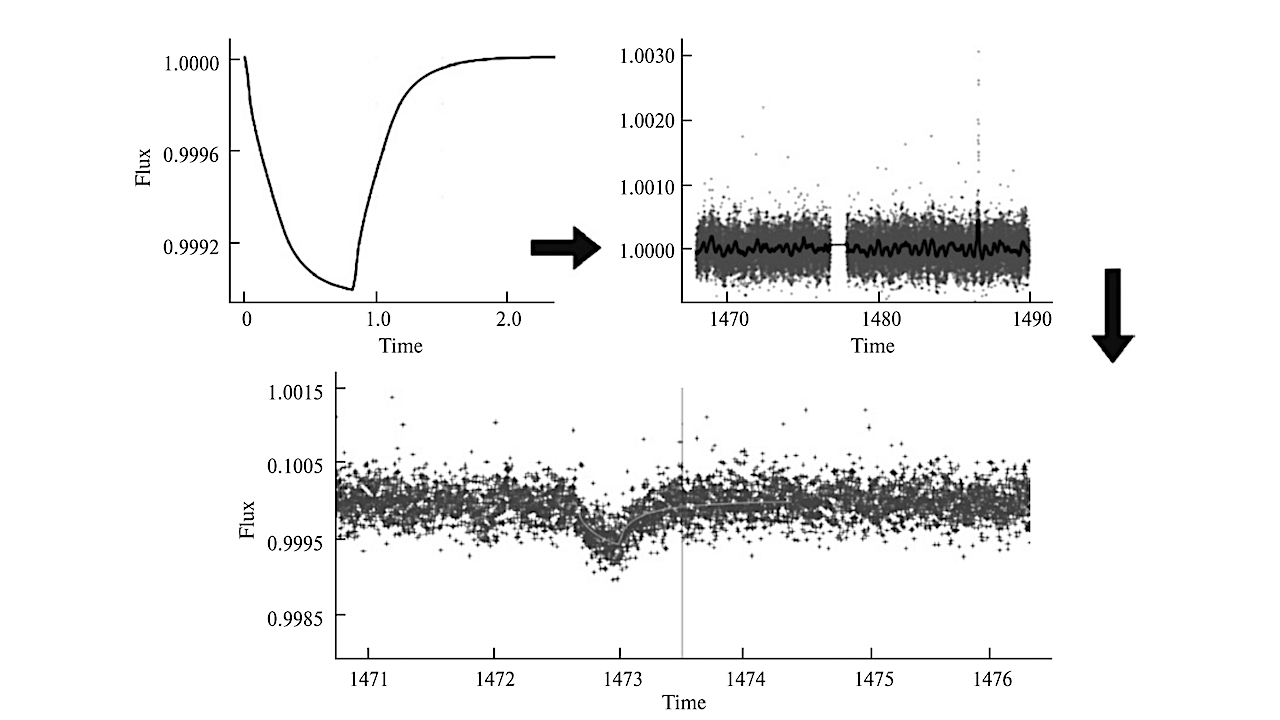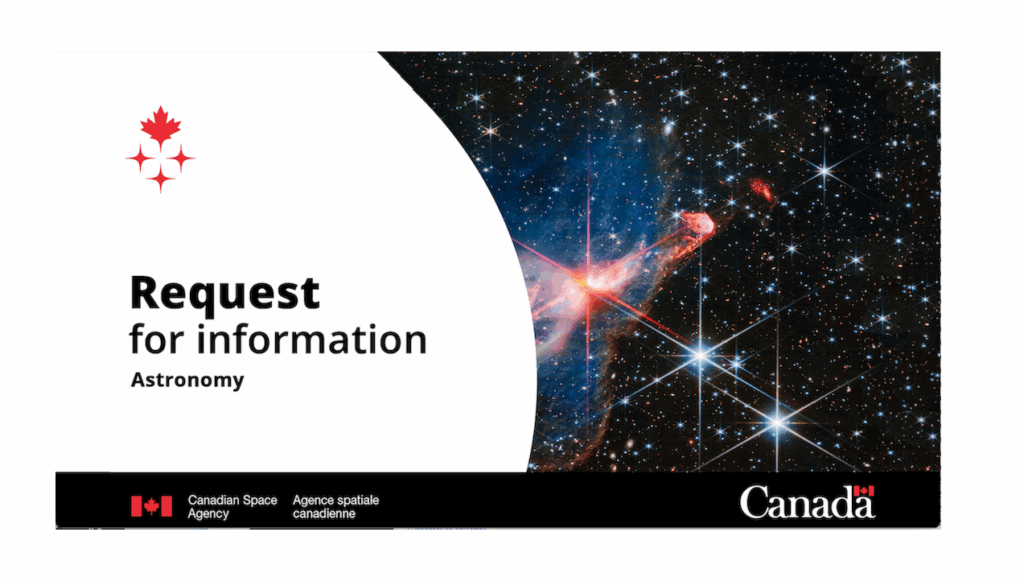Hunting For Exocomet Transits In The TESS Database Using The Random Forest Method

This study introduces an approach to detecting exocomet transits in the dataset of the Transiting Exoplanet Survey Satellite (TESS), specifically within its Sector 1. Given the limited number of exocomet transits detected in the observed light curves, creating a sufficient training sample for the machine learning method was challenging.
We developed a unique training sample by encapsulating simulated asymmetric transit profiles into observed light curves, thereby creating realistic data for the model training. To analyze these light curves, we employed the TSFresh software, which was a tool for extracting key features that were then used to refine our Random Forest model training. Considering that cometary transits typically exhibit a small depth, less than 1% of the star’s brightness, we chose to limit our sample to the CDPP parameter.
Our study focused on two target samples: light curves with a CDPP of less than 40 ppm and light curves with a CDPP of up to 150 ppm. Each sample was accompanied by a corresponding training set. This methodology achieved an accuracy of approximately 96%, with both precision and recall rates exceeding 95% and a balanced F1-score of around 96%.
This level of accuracy was effective in distinguishing between ‘exocomet candidate’ and ‘non-candidate’ classifications for light curves with a CDPP of less than 40 ppm, and our model identified 12 potential exocomet candidates. However, when applying machine learning to less accurate light curves (CDPP up to 150 ppm), we noticed a significant increase in curves that could not be confidently classified, but even in this case, our model identified 20 potential exocomet candidates. These promising results within Sector 1 motivate us to extend our analysis across all TESS sectors to detect and study comet-like activity in the extrasolar planetary systems.
D.V. Dobrycheva, M.Yu. Vasylenko, I.V. Kulyk, Ya.V. Pavlenko, O.S. Shubina, I.V. Luk’yanyk, P.P. Korsun
Comments: 12 pages, 10 figures, 2 tables, 40 references
Subjects: Earth and Planetary Astrophysics (astro-ph.EP); Instrumentation and Methods for Astrophysics (astro-ph.IM)
MSC classes: 85A35, 85-08,
ACM classes: I.2.6; J.2
Cite as: arXiv:2402.19075 [astro-ph.EP] (or arXiv:2402.19075v1 [astro-ph.EP] for this version)
Related DOI:
https://doi.org/10.15407/knit2023.06.068
Focus to learn more
Submission history
From: Daria Dobrycheva
[v1] Thu, 29 Feb 2024 12:01:23 UTC (644 KB)
https://arxiv.org/abs/2402.19075
Astrobiology,








